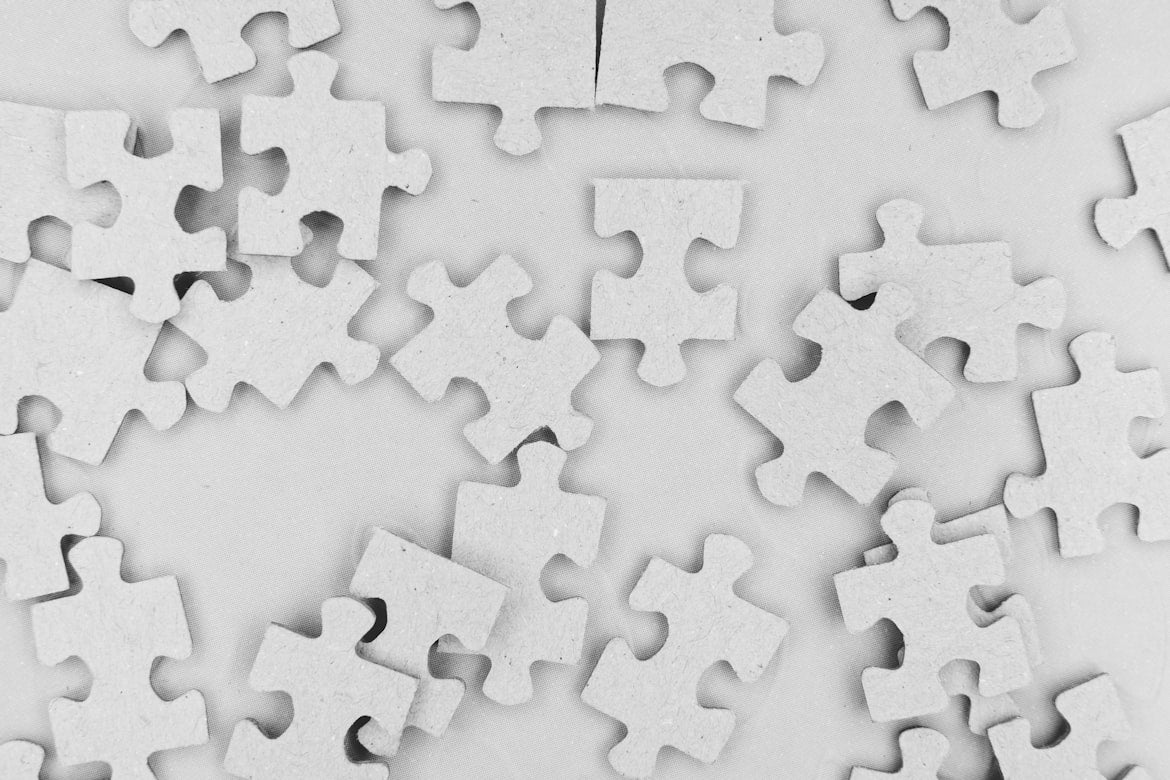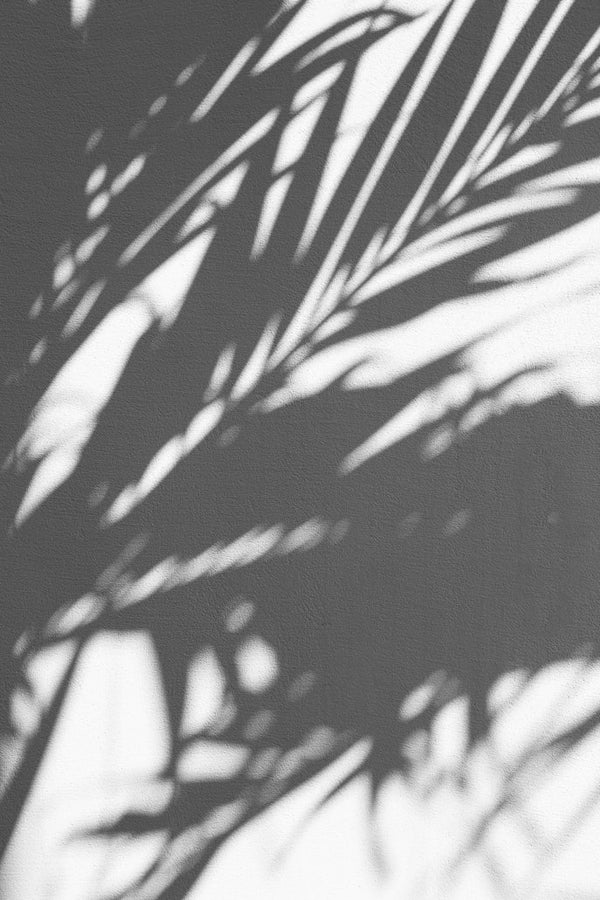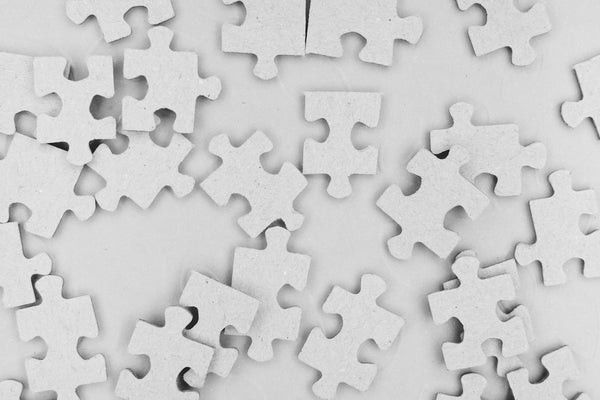The longer we stay in the sun, the more its rays affect our skin. Our body can deal with some of the UV rays on its own. We see it when our skin tans. But that doesn't last very long. If we exceed the threshold of self-protection, our skin burns. Sunburn is a symptom of acute UV overexposure. The skin has received a higher UV dose from sunburn than it can bear and reacts with inflammation. This inflammation is directly triggered by excessive damage to the DNA in the skin. Sunburns are not to be taken lightly, as the damage to DNA leads to skin cancer in the long term. Studies have shown that people who have had more sunburns in their lifetime have a higher risk of developing melanoma.
Incidentally, sunburns are mainly caused by the UVB part of sunlight. This means, for example, that you can hardly burn yourself behind a pane of glass, since glass only lets UVA rays through. But be careful: UVA radiation still causes damage to the skin, even if you don't notice it in the form of sunburn.
The sunburn dose
The skin has the ability to repair the damage that UV radiation causes to DNA. But this great function of the body has its limits. When the damage to the DNA becomes too great, the system capitulates and responds with inflammation. From which radiation dose this happens varies from person to person. In order to find out this limit for a person, researchers irradiate the skin with UV radiation in studies and measure when sunburn occurs. They call this the Minimal Erthema Dose (MED). But we call it sunburn dose for the sake of simplicity. You can find the average sunburn dose for each skin type in the skin type article.
Your personal sunburn dose
Finding out your sunburn dose is not easy. This is usually done by determining the skin type. This gives an estimate of where the sunburn dose could be. Over time you will then notice whether your own sunburn dose is higher or lower than the initial estimate. However, it should also be noted that the sunburn dose can change over the course of the year. In spring, for example, skin is usually less used to the sun and burns more quickly than in late summer.
Caution: The sunburn dose is not to be interpreted as a limit below which no damage to the skin occurs! Even if you don't get a sunburn, UV radiation still causes long-term damage.
Further reading:
- skin type
- Can sun-a-wear prevent sunburn?
- 75 percent of melanoma skin cancer cases can be traced back to too much UV radiation
Sources:
- Study on the link between sunburn and melanoma: https://academic.oup.com/aje/article/183/9/824/1739859













